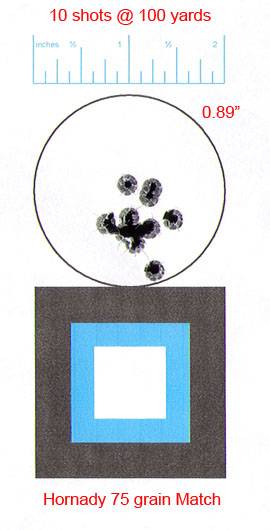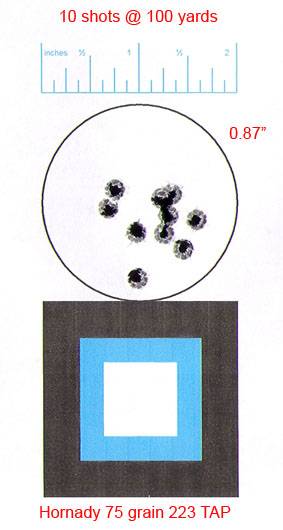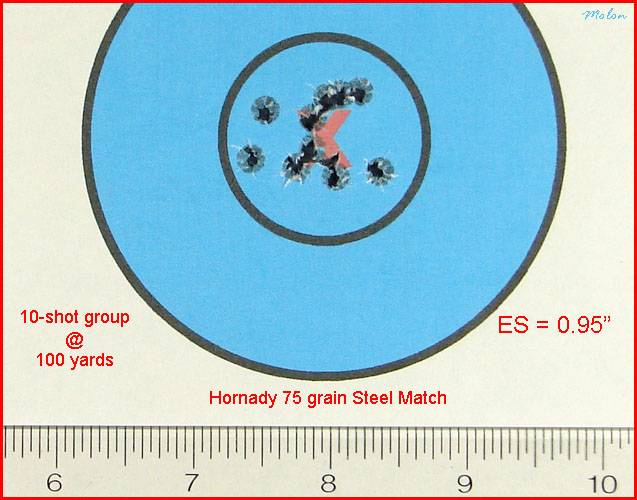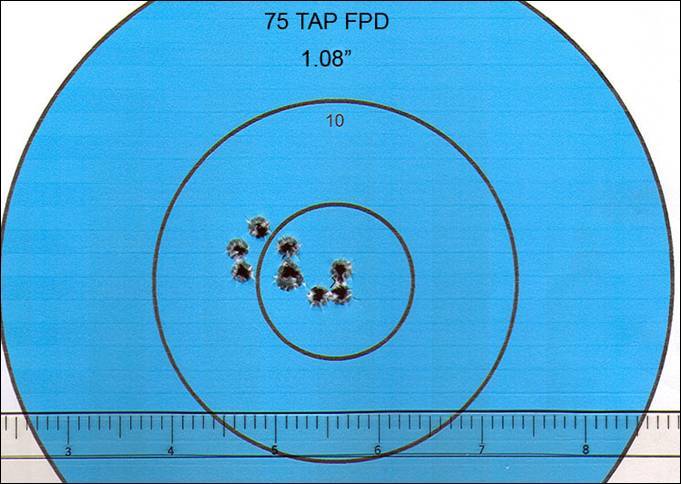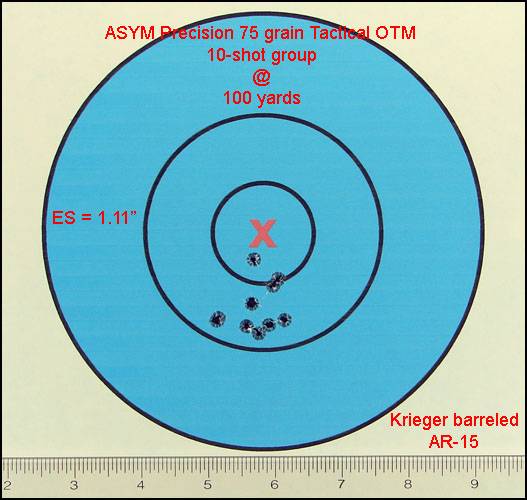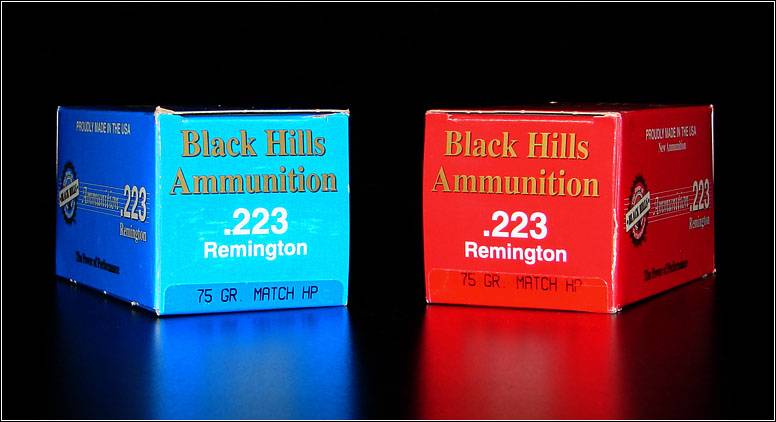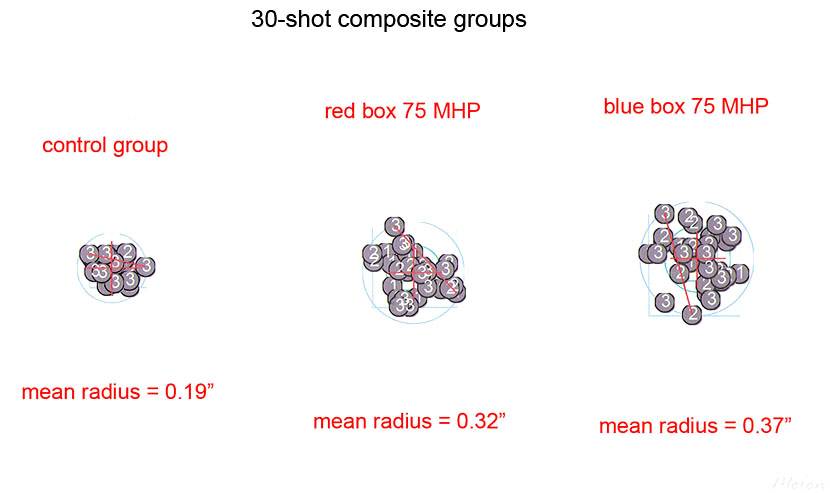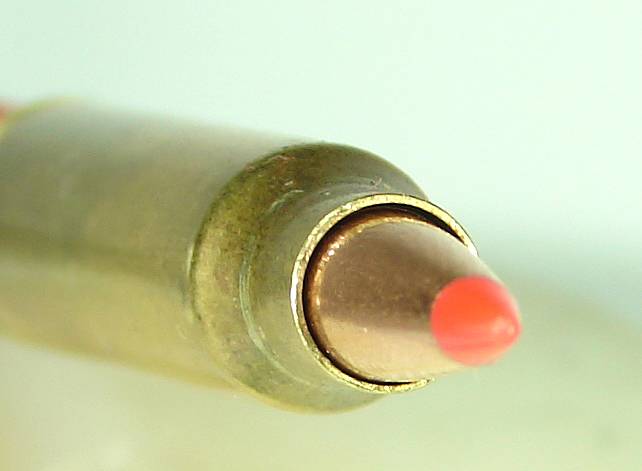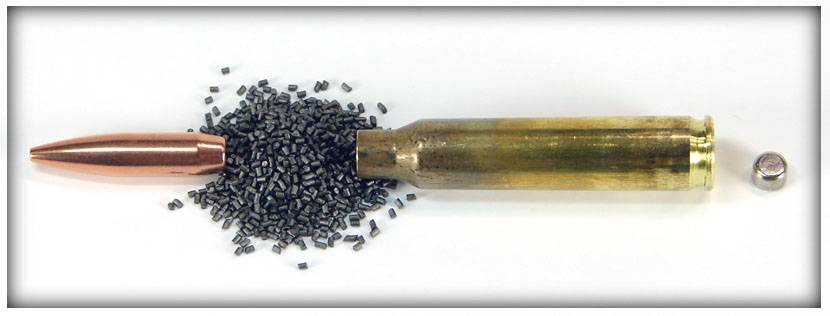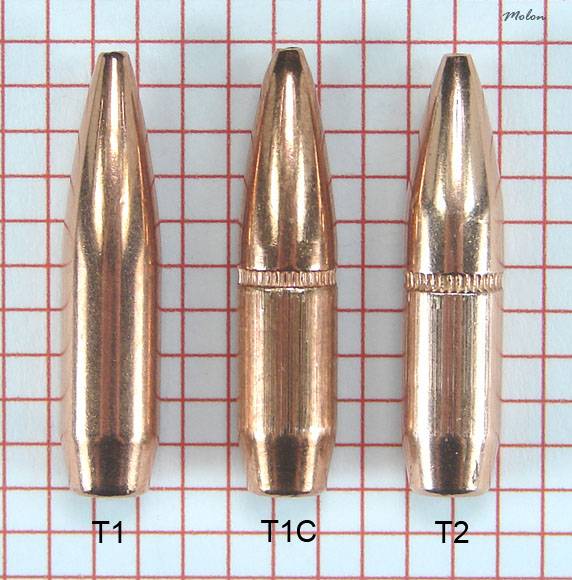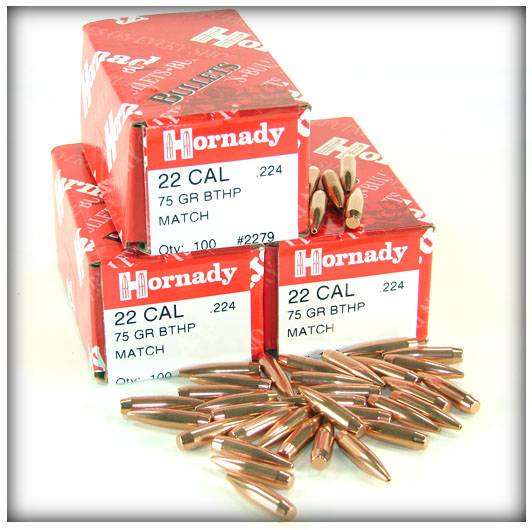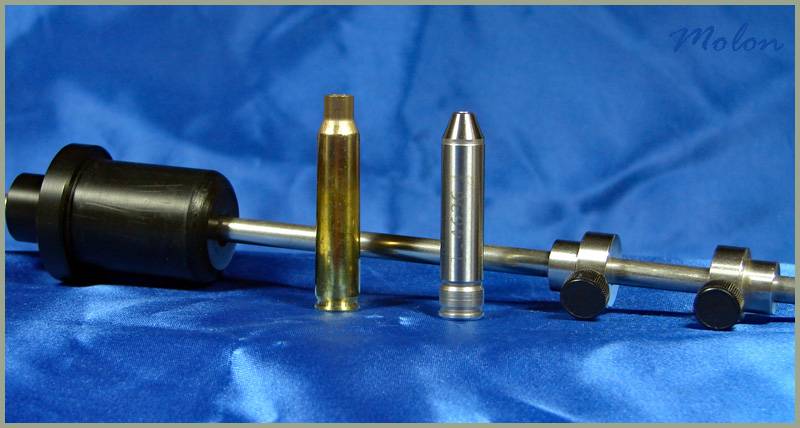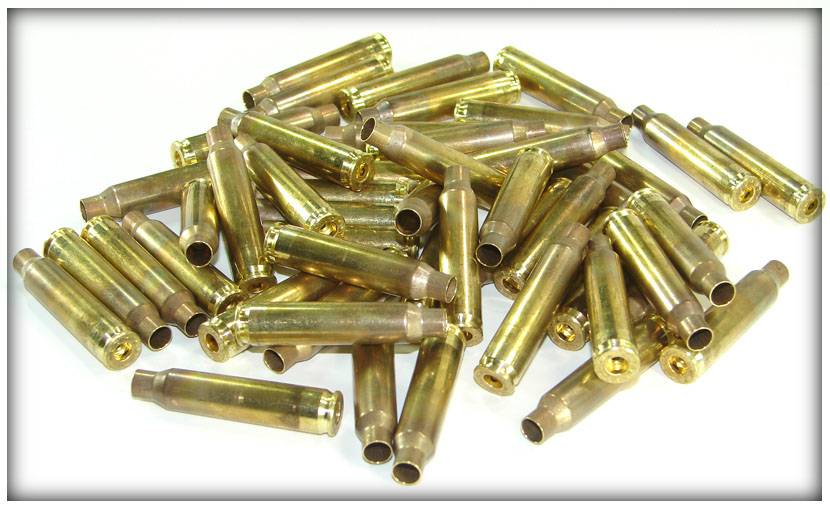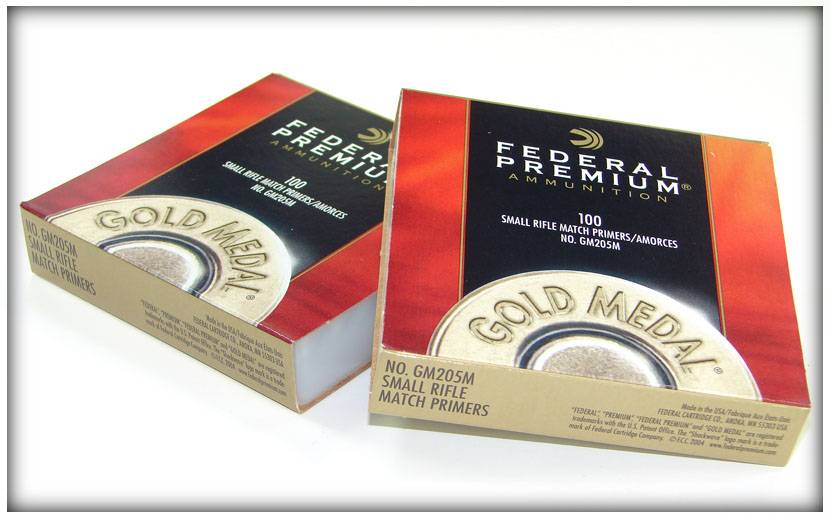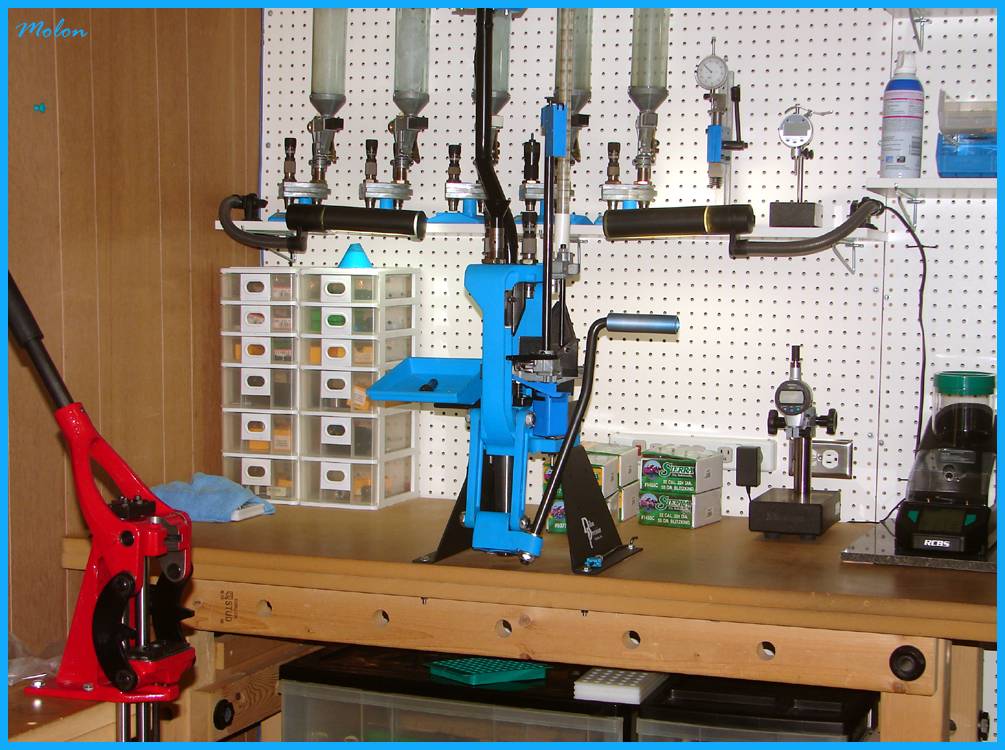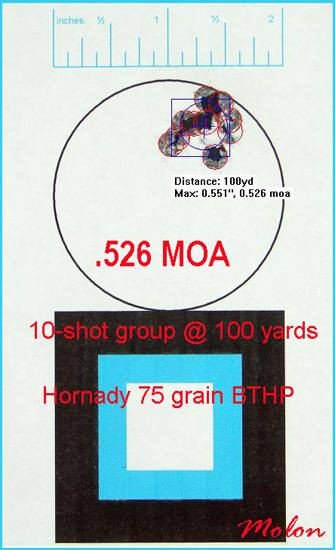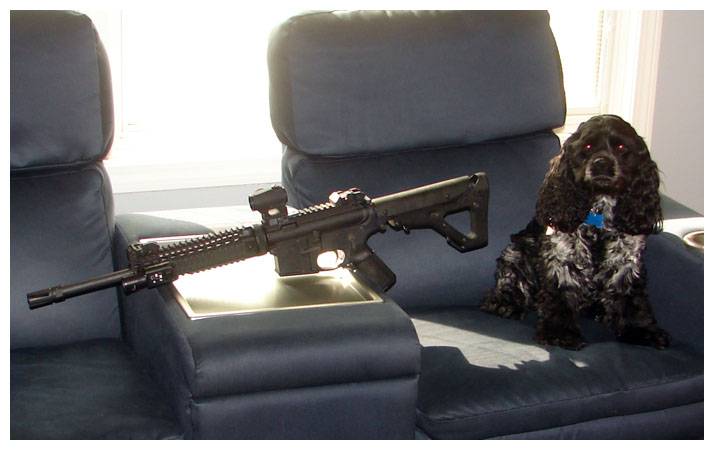I am getting a new Lothar barrel in 2-4 weeks and have 1k scenars and 2k hornadys to try out. The current one is toast, went from 1.5moa to 2.5 or 3.5moa within maybe 400-800 rounds.
Going to start with Lapua brass and then develop a load with the PMC, Ginex and N540. I have N140 too.
-----EDIT 26 SEP 2024 added to both first and last post----
I have already shot 2k of Hornady BTHP from my Lothar barrel and sub moa 5 round groups are the norm at my 300m range. This is with
I ordered 3k or 4k more already.
I tested both N140 and N540 and while N140 gave better groups with fresh barrel with clear mean radius win, I later tested both again just to see how they compare and N540 did so good that I chose to load with it.
My current load is:
PMC brass, uncleaned, nylon brushed neck
Ginex SRP primer
Hornady 75gr BTHP at 2.28", I noticed my accuracy improved a lot the longer I loaded them and this was the longest I got to fit in pmag with the grooves made in them.
N540 24.4gr
16" Lothar barrel, 2740fps, 14fps mean SD from multiple sessions
I have now shot these twice out to 1200yds and few times at 770yds and the Kestrel with G7 value of 0.180 has held up very well. I added some pictures to my last post too, but basically this round has incredible performance for value!
I tried this load with 2.28" and 2.25" COAL in a LMT and it ran around 1.5" with the shorter COAL running better, so I guess that this longer COAL preference is specific to just my gun.

